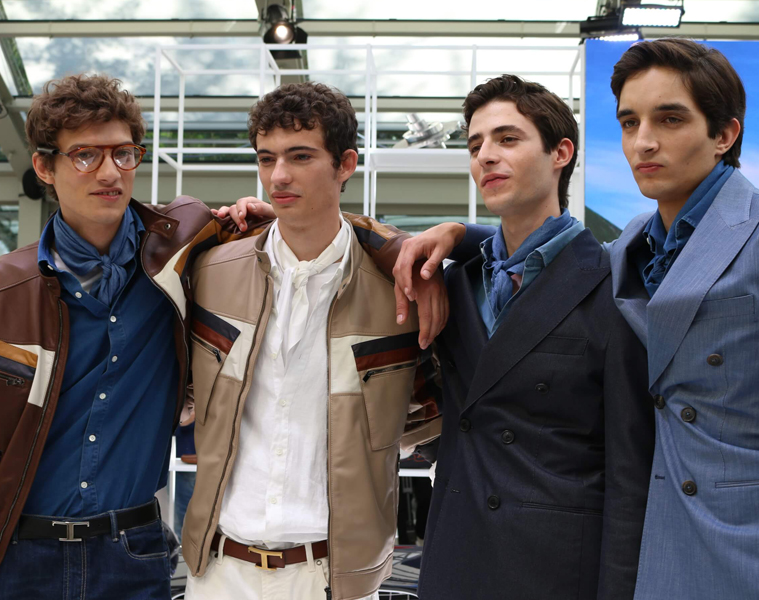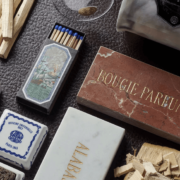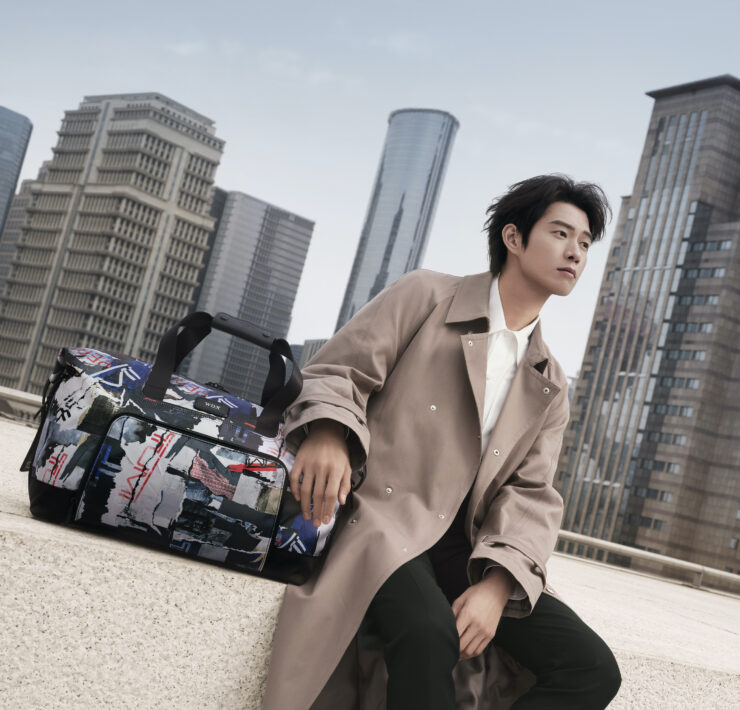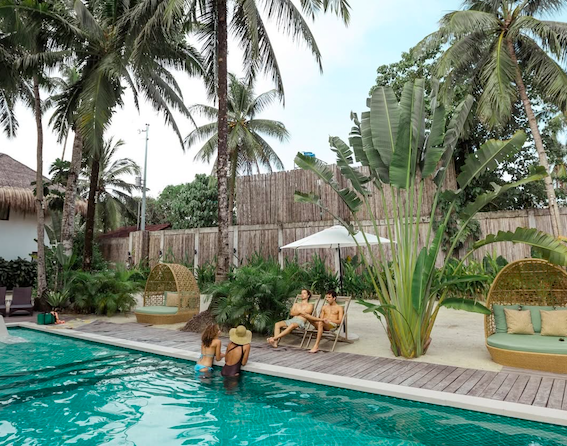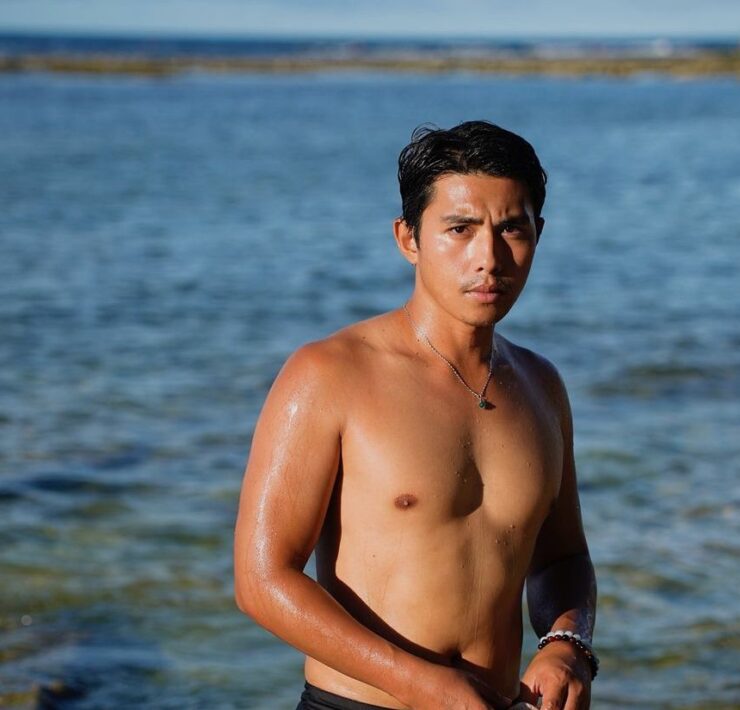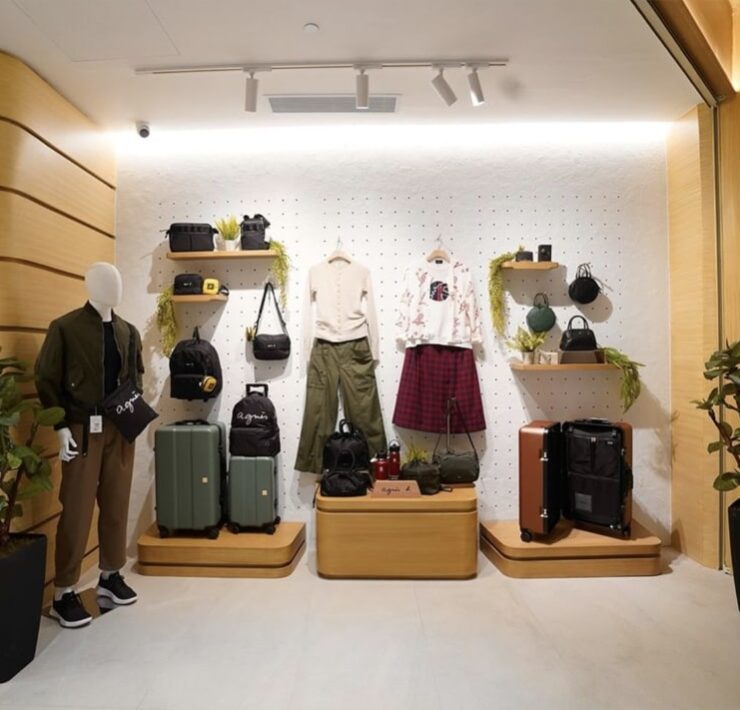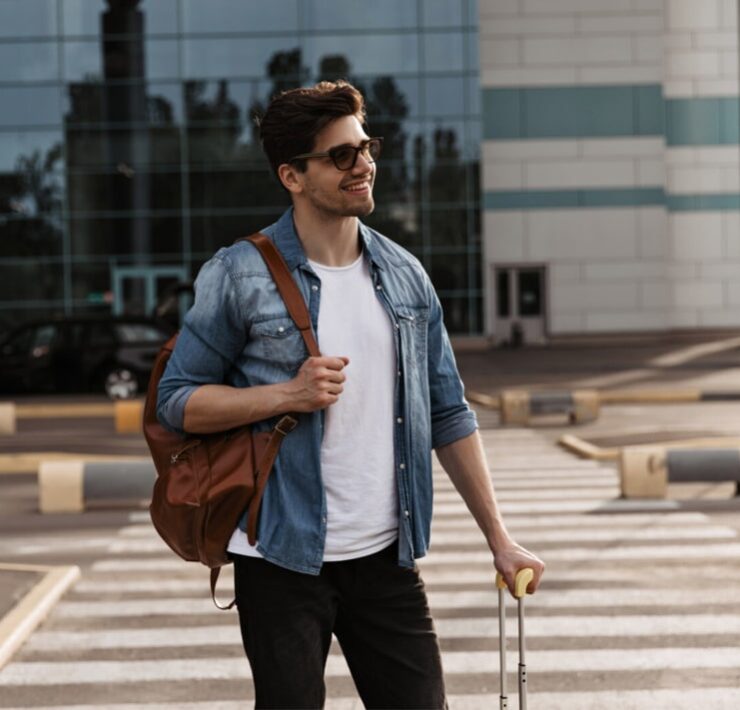Travel diary: When in Mongolia, according to Artu Nepomuceno
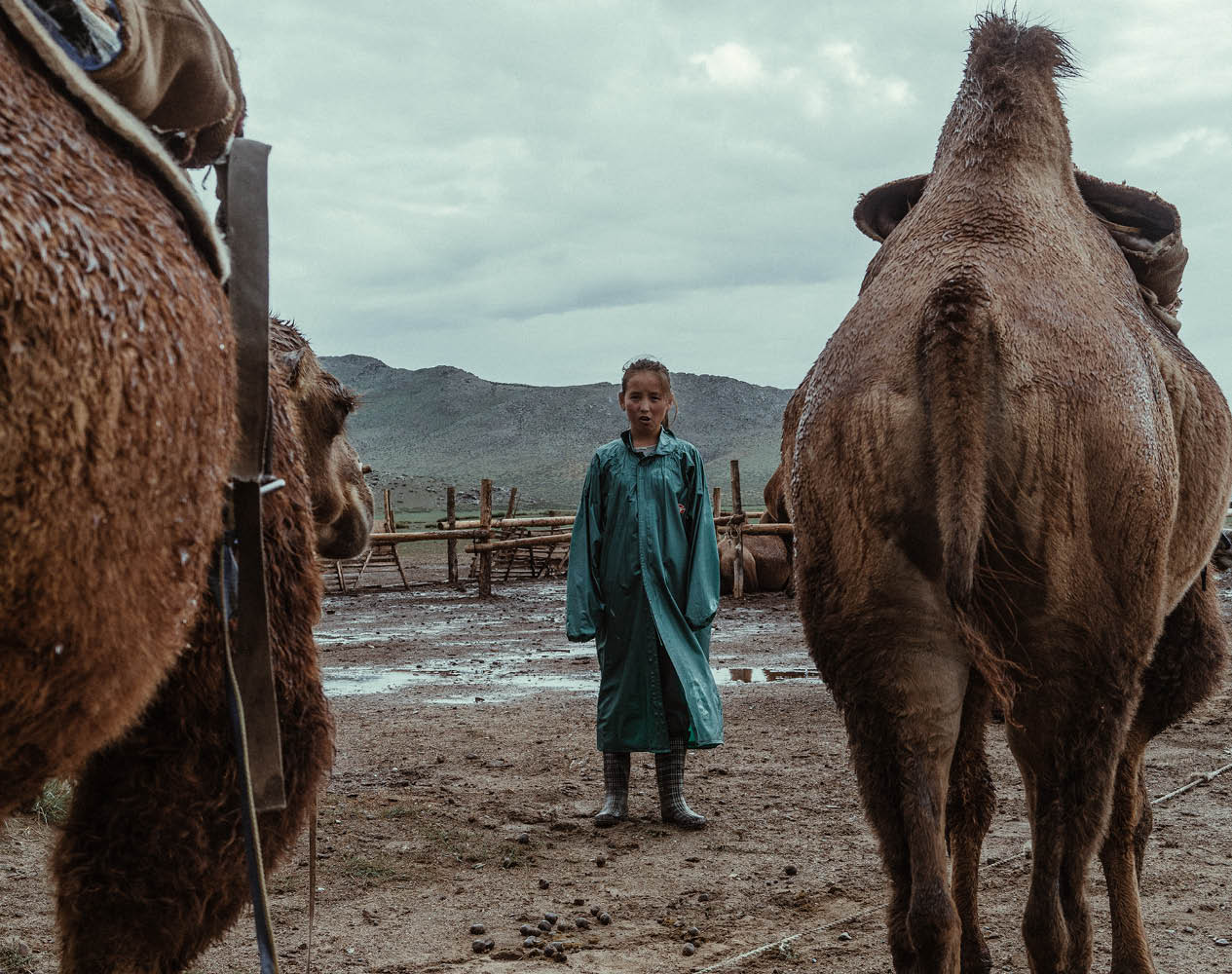
In early September, photographer Artu Nepomuceno got the chance to visit Mongolia with Waves for Water, an international organization that aims to provide clean water to communities in need around the world.

Though it was a trip made possible by work, Nepomuceno’s visit also became quite the emotional journey, considering the people he has lost this year, including Carlos Cang, one of his closest friends. “2017 has been marked by death, so while I was there, I’d look at a mountain or a landscape, and think of someone I had lost, and somehow, the views became prettier that way,” he reflects.
“It sounds cheesy, but considering everything that has happened this year, my trip to Mongolia was life-changing.” (To read more of Nepomuceno’s account of his journey, pick up a copy of Garage‘s December/January 2018 issue.)

He’s planning a month-long return trip next year, this time exploring north and west of the country, hopefully aboard a UAZ “sandwich van”. As he does further research and raises the necessary funds to make the trip possible, Nepomuceno shares invaluable tips he has picked up from his first sojourn through central Mongolia.

1. Check how the weather would be like on the month that you’re going.
“You will not enjoy Mongolia if you’re freezing your @ss off. Unlike in Hong Kong, Japan, or Singapore, where you can wing it no matter the weather, because there are plenty of stores to buy the right kinds of clothing at affordable prices, Mongolia isn’t the most commercialized country. Only the most expensive brands are available at Ulaanbaatar, and if you head to central Mongolia without the proper gear, nothing could help you out there. At around 11 pm, the chill is comparable to Baguio’s, which is fine, but the temperature drops fast: by 4 am, it’d be like negative one. With the weather also constantly humid, there’d be ice crusting over everything by dawn. ”

2. Bring your own water, or make a request beforehand with your horse guides.
“Lucky for me, when I went to Mongolia, I was with the Waves for Water team so we could use our water filters on the lakes and streams we’d come across. Otherwise, load up on bottles of water, because you’d be walking a lot and be on horse a lot, which are tiring. Water also helps get the food down.”

3. Mongolian food may take some getting used to, but it’s worth trying out.
“To be honest, their food isn’t that appetizing. The main meat is mutton, which has a very strong taste. I appreciated it during the first two days because gnawing on meat still attached to the bone made me feel like a character on Game of Thrones. But afterwards, I was eating mutton just to have something in my stomach.
“When Mongolians aren’t offering water, they’re offering fermented milk (airag or kumis)—and it’s gnarly. The smell is worse than the taste, actually. Your eyes are telling you you’re drinking milk, then you taste this sourness that’s liked spoiled sinigang, and then you feel the vodka mixed into the milk warming you up. Mongolians drink this all of the time, so I don’t know if our horse guides and hosts were ever sober.”

4. Be respectful of local traditions, and be open to what Mongolians offer to guests.
“Mongolians have this welcoming ritual: they put a scarf over their arms then hold a bowl of what looks like pieces of cheese, and while the visitor accepts the scarf, they also have to take several pieces of what’s in the bowl to eat. Mongolians also have these little flasks that look like nail bottles with prehistoric packaging, which they offer to guests upon entry to their ger. Guests must open the bottle and sniff the contents, and the smell is strong: it’s the smell of animals, slightly rotten, like ammonia mixed with something else, and it can make you gag. The smell goes straight into your head.”

5. Traditional means of distraction, i.e. binge-watching via iPad, aren’t necessary here, but a camera absolutely is.
“There are so many beautiful things to see. We’d be going through a forest where everything is dark green, then it would suddenly open to a golden brown valley where it’s all grassland—not a single tree in sight. Then we’d enter another forest, this time with the leaves in hues of yellow. It’s a very cinematic place.”


“There’s no wasted shot. I’d turn around and spot a horse or a yak or a local, and it would seem as if they were perfectly set up for a photograph.”

“I mentioned how I never knew if Mongolians were ever sober, but when they drink, they sing. And it’s not bad drunken singing; it was actually out of this world. You know that ‘boi-oi-oing’ horn-like sound that you think comes from an instrument? They can make those noises with their mouths. And when they sing, they make that sound first, then they go operatic, with a lot of vibrato.”
“Once, while on our horses, our horsemen started singing back and forth to each other, and you could hear their voices as if they were being echoed back by the mountains—as if the mountains were singing back. And that was all the sound we heard.”
6. To quote the novelist Aliyyah Eniath, while in Mongolia, “take nothing but pictures, leave nothing but footprints, kill nothing but time.”
“It’s really nomadic living for Mongolians. A family would be stationed in an area for four to five months, then they’d move on. As we traveled, we’d see areas with flattened grass where gers used to be, and it made everything in Mongolia feel temporary.”

“The respect for nature is strong. Mongolians do nothing to the earth that would leave a sense of permanence—very respectful. The random trash we’d see were remnants from outsiders, like candy wrappers. The nomadic families eat only natural stuff; airug is like their alcohol already so there were also no beer cans around. When they kill a goat, they cook everything. They generate no waste.”



Travel photos by Artu Nepomuceno





